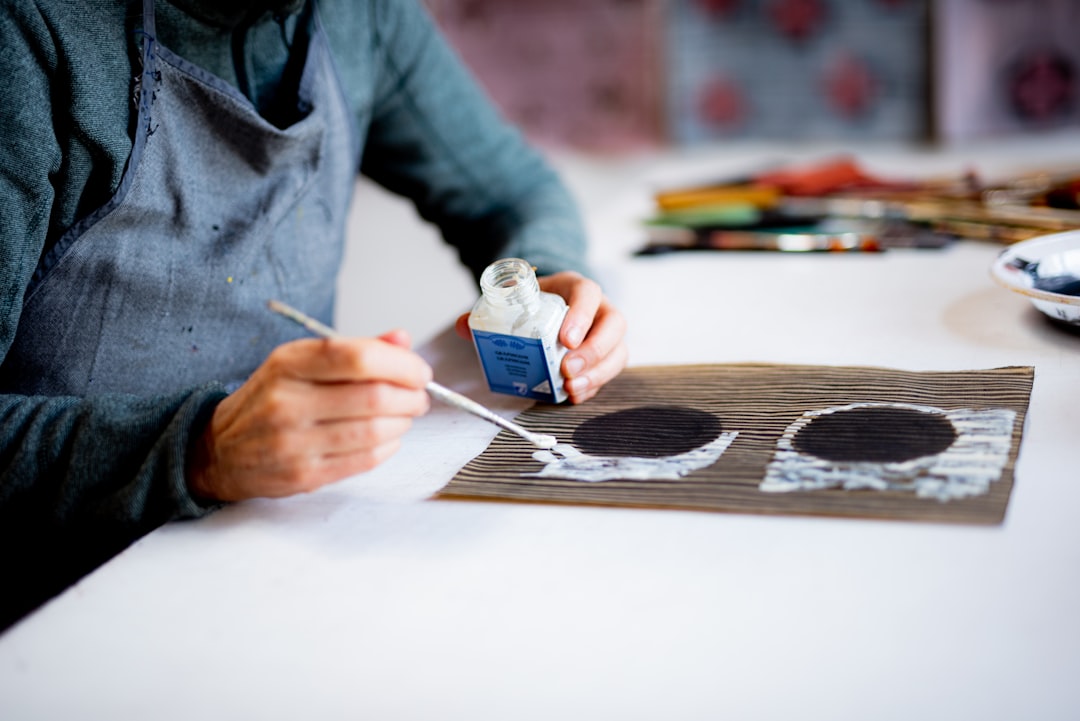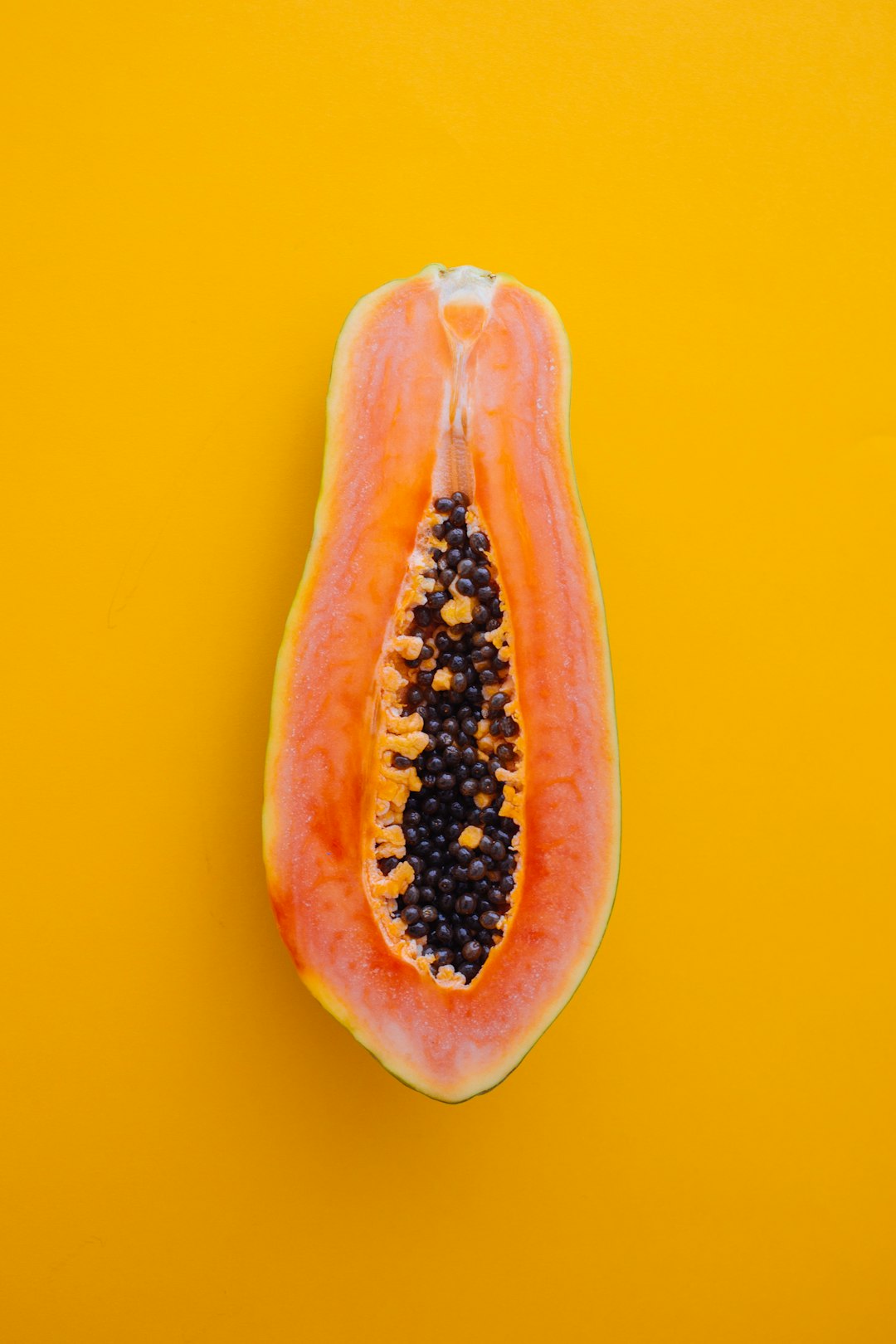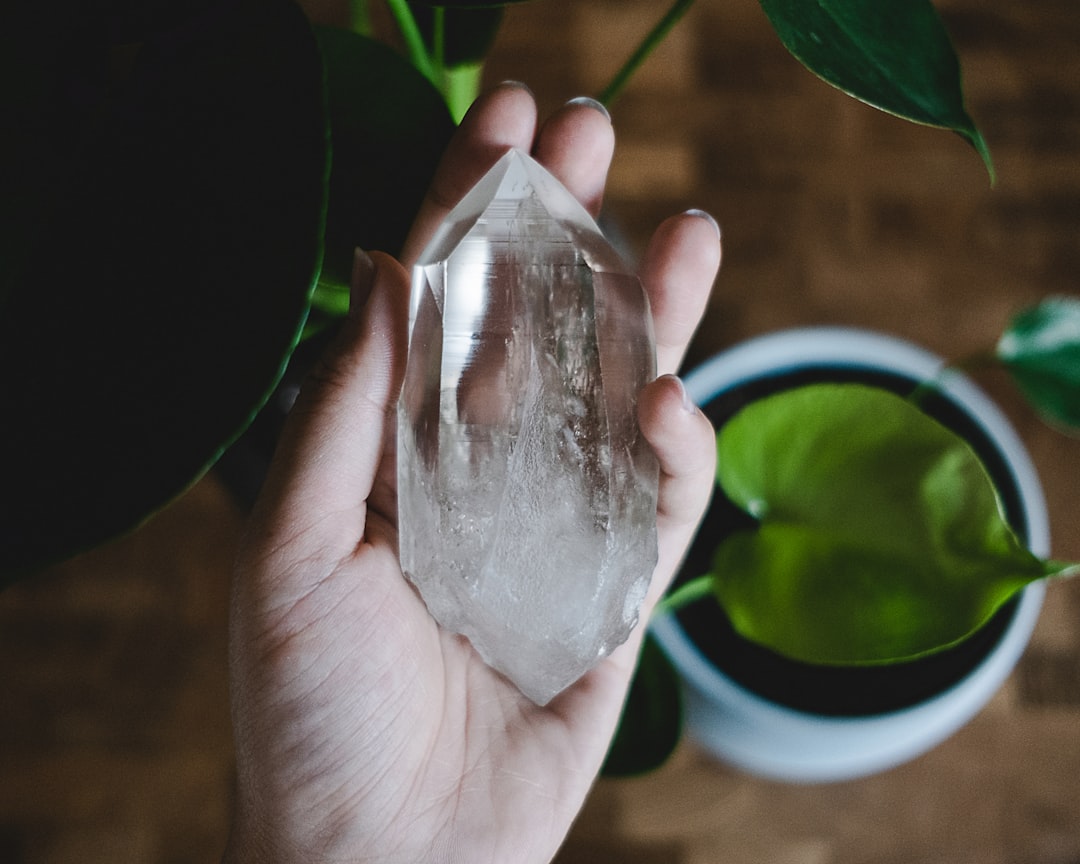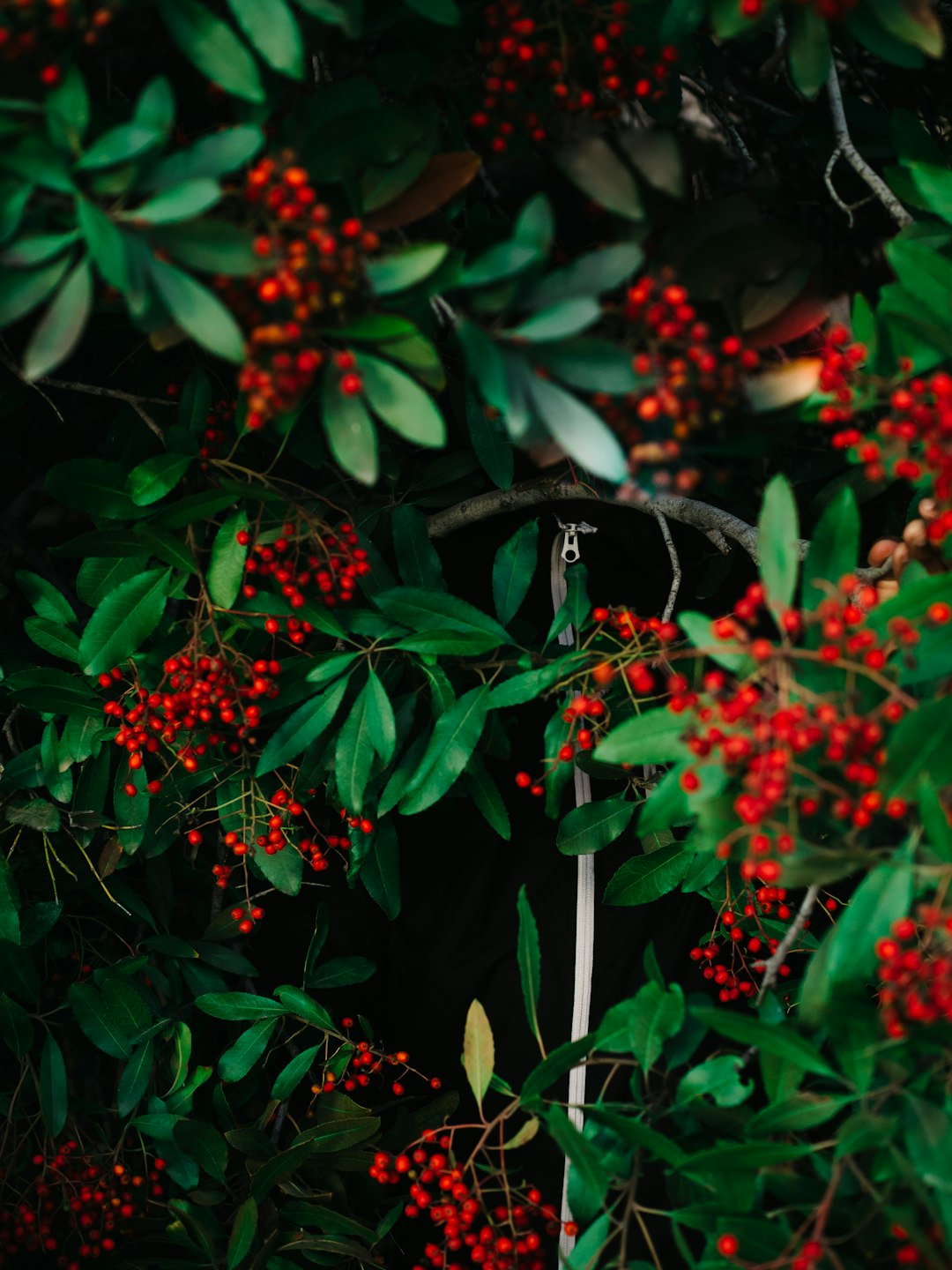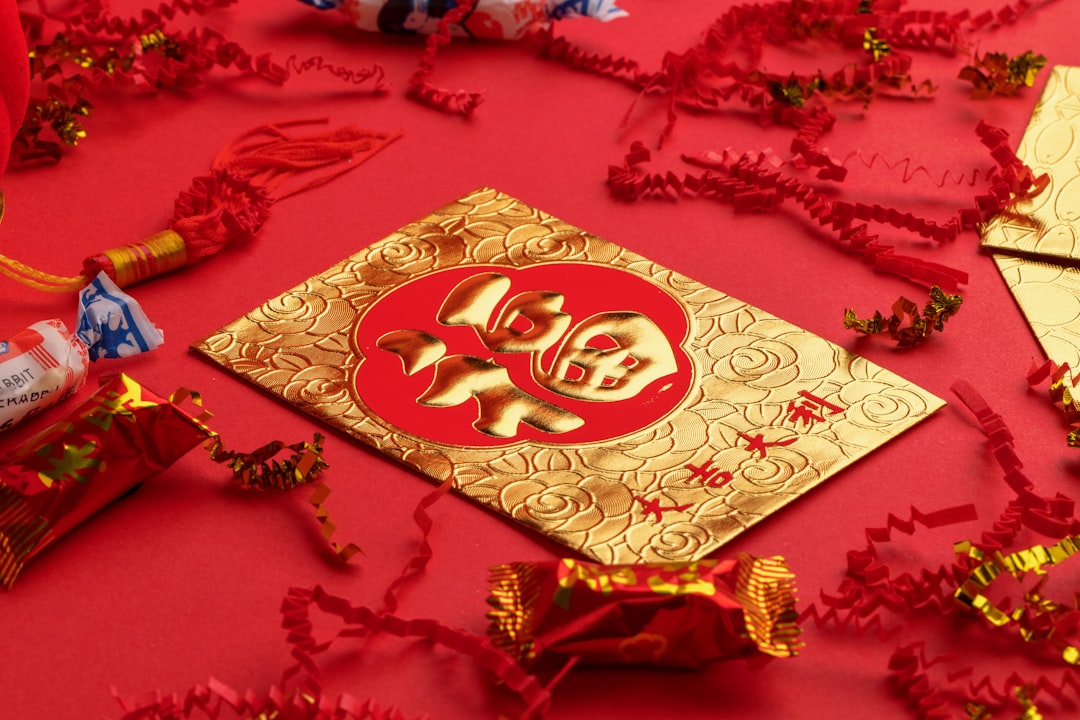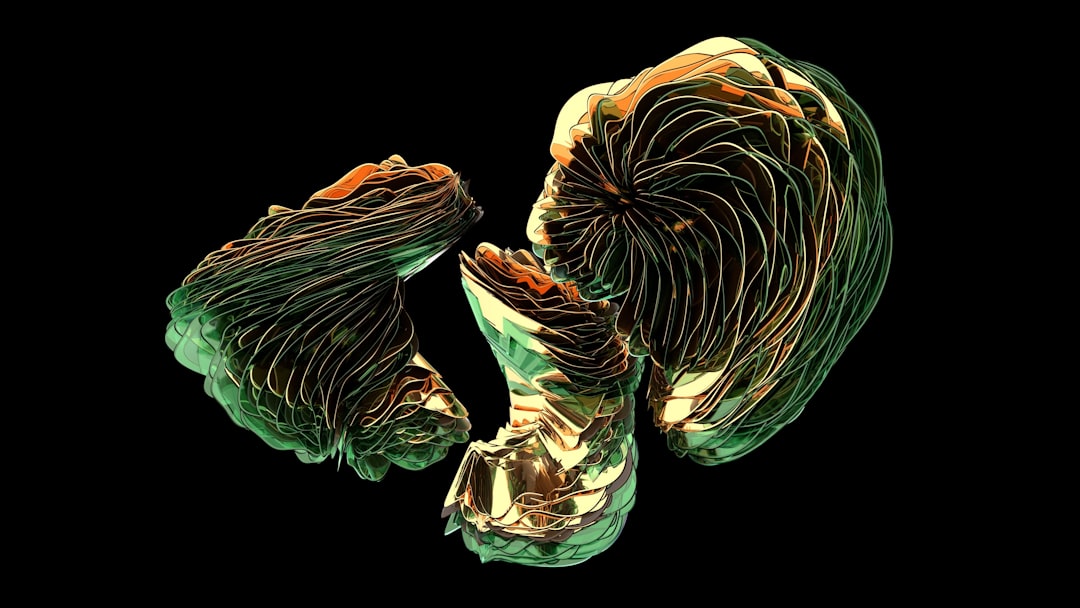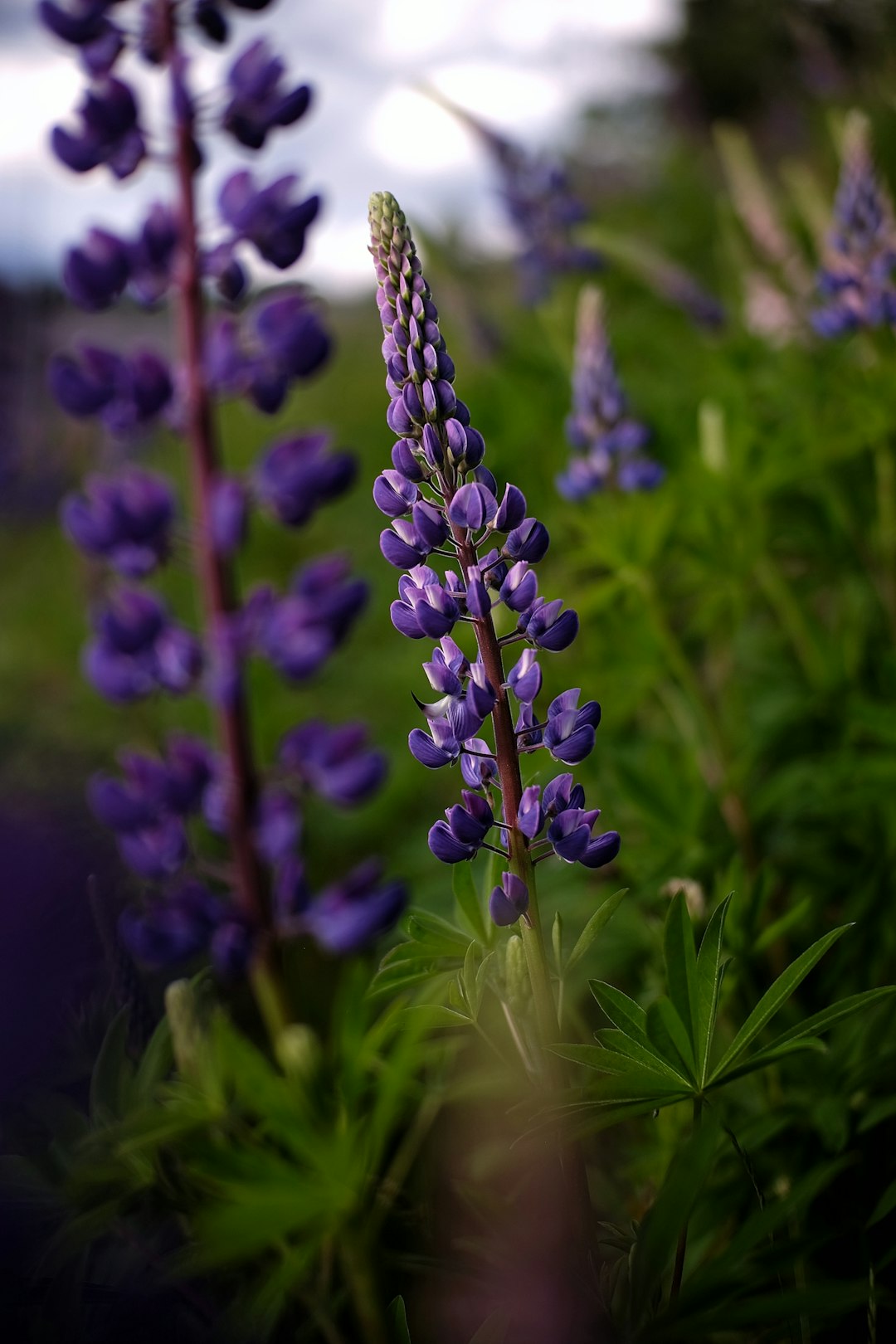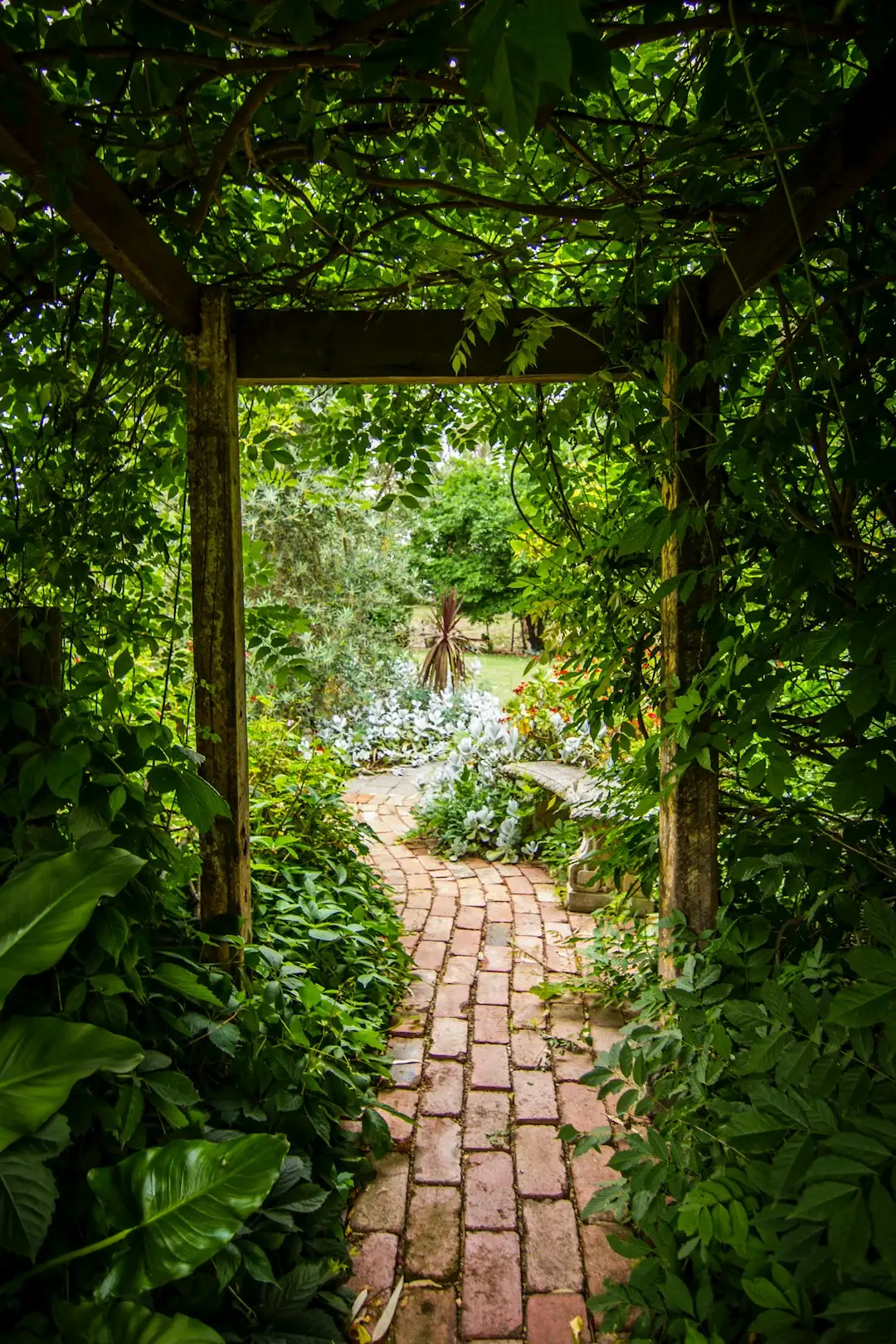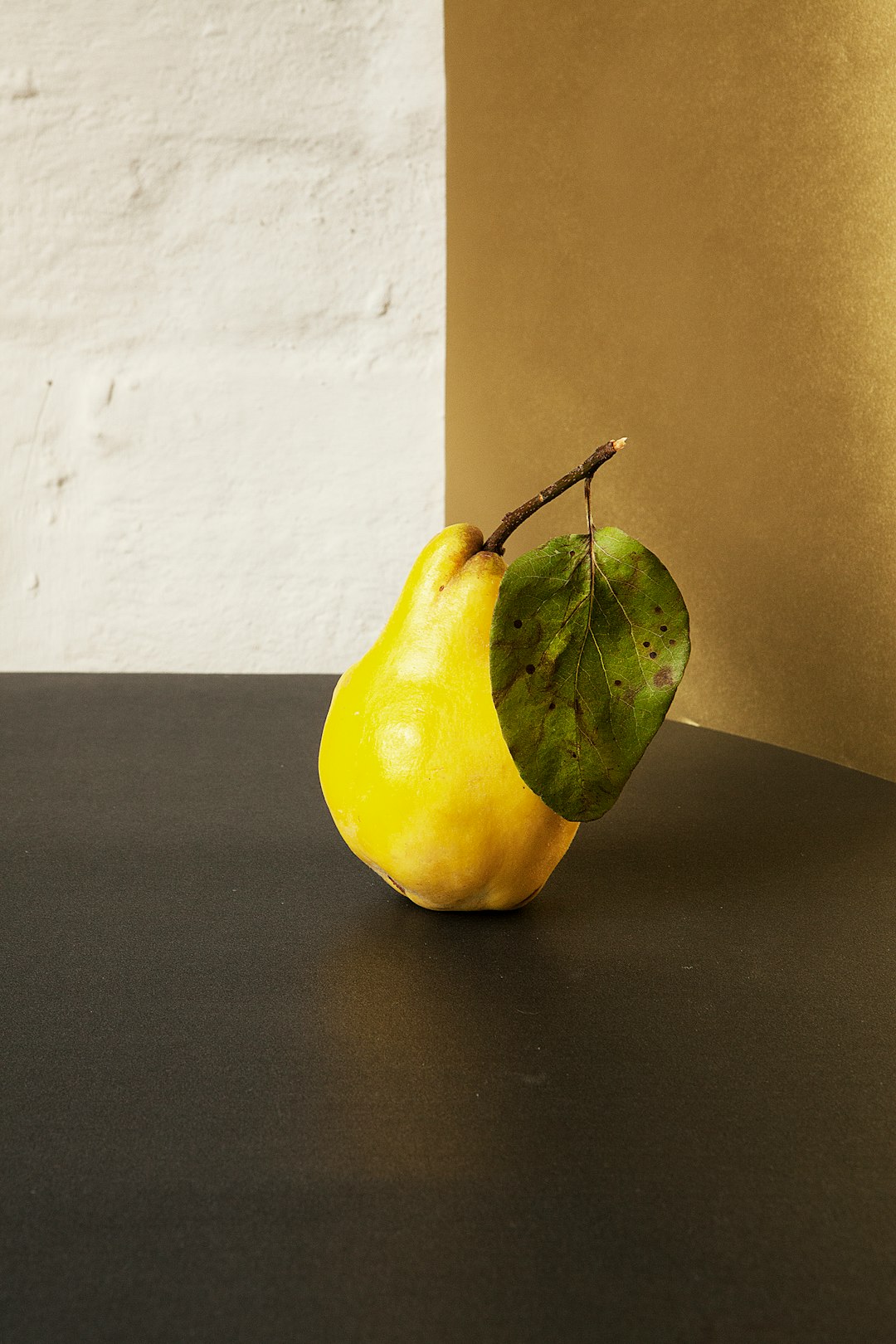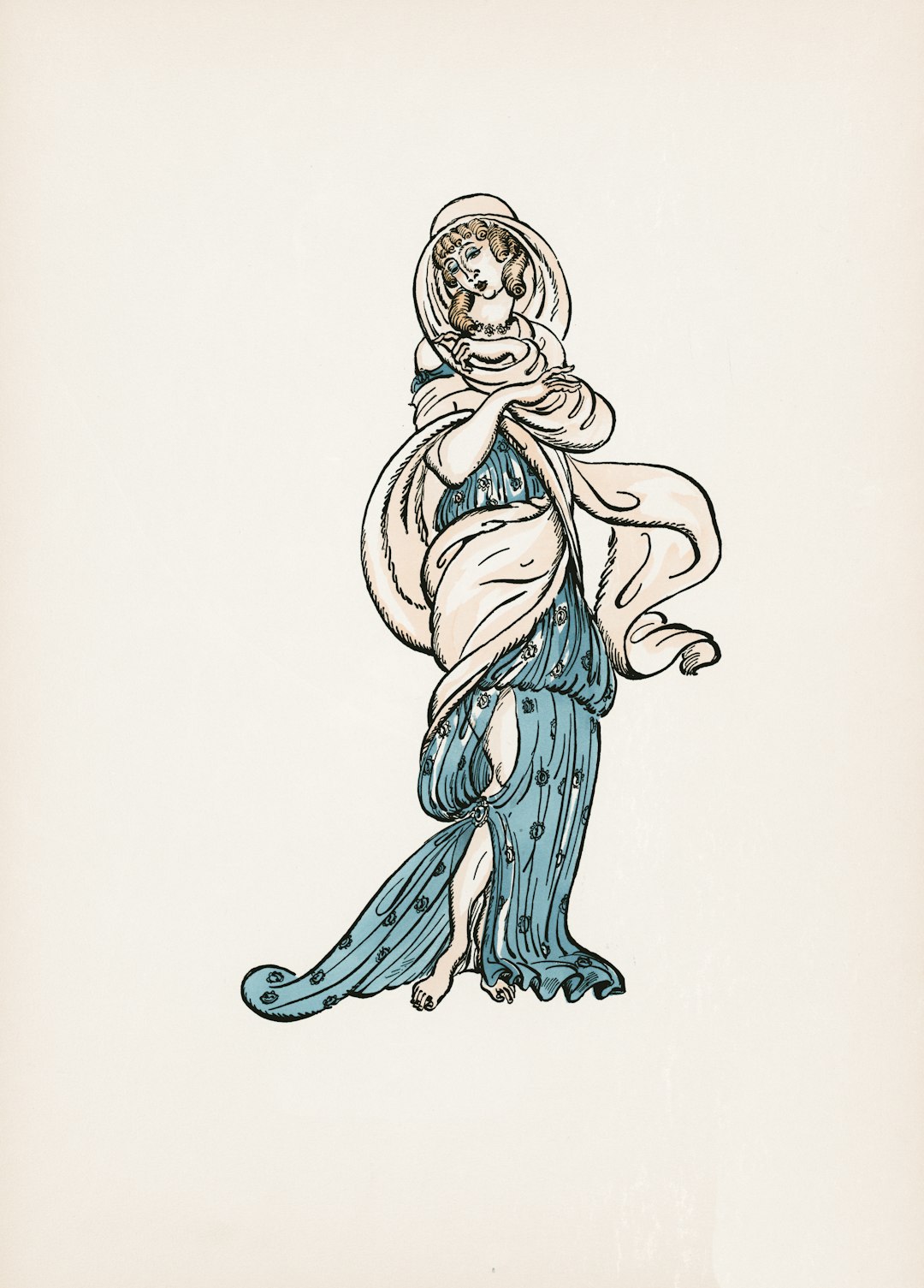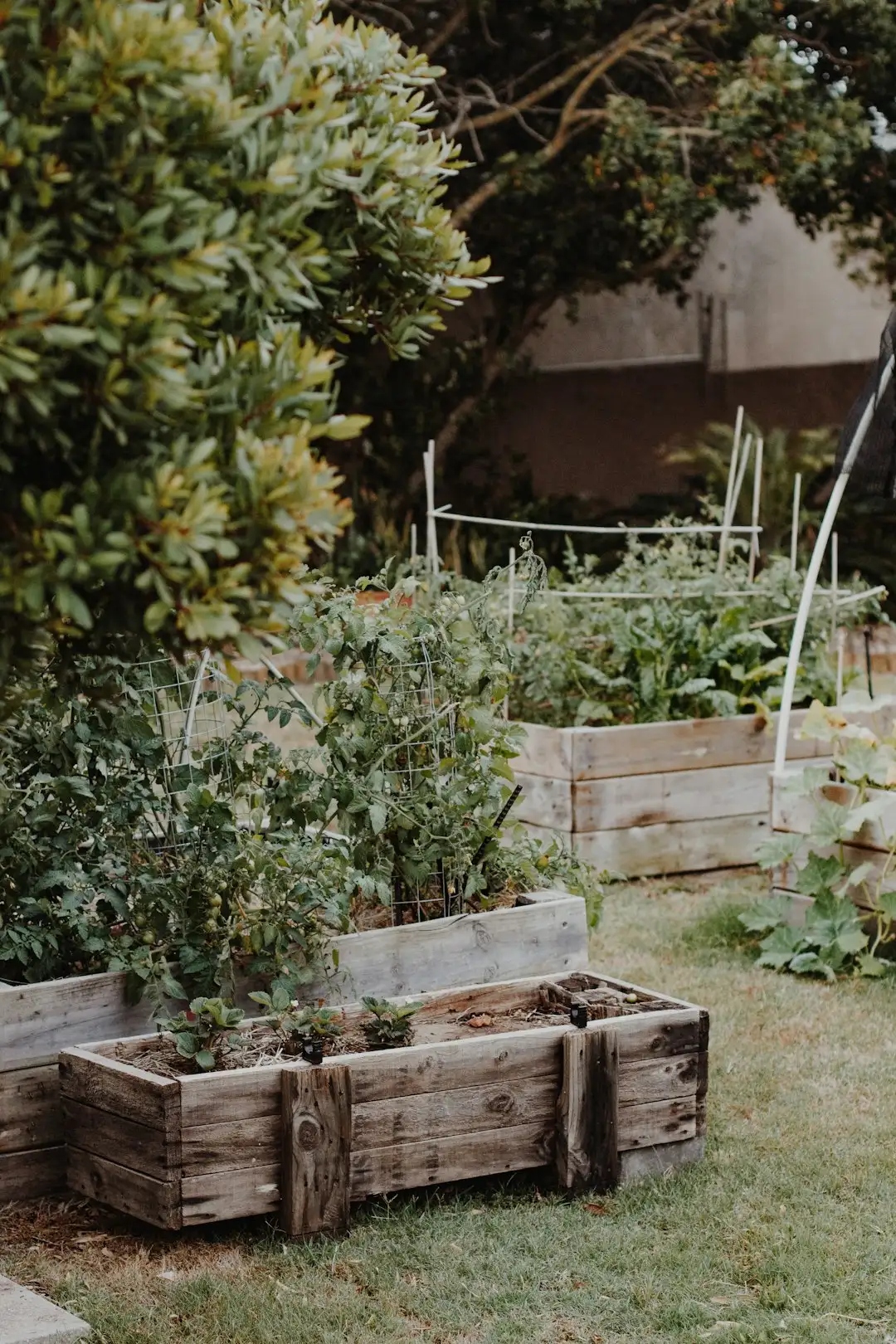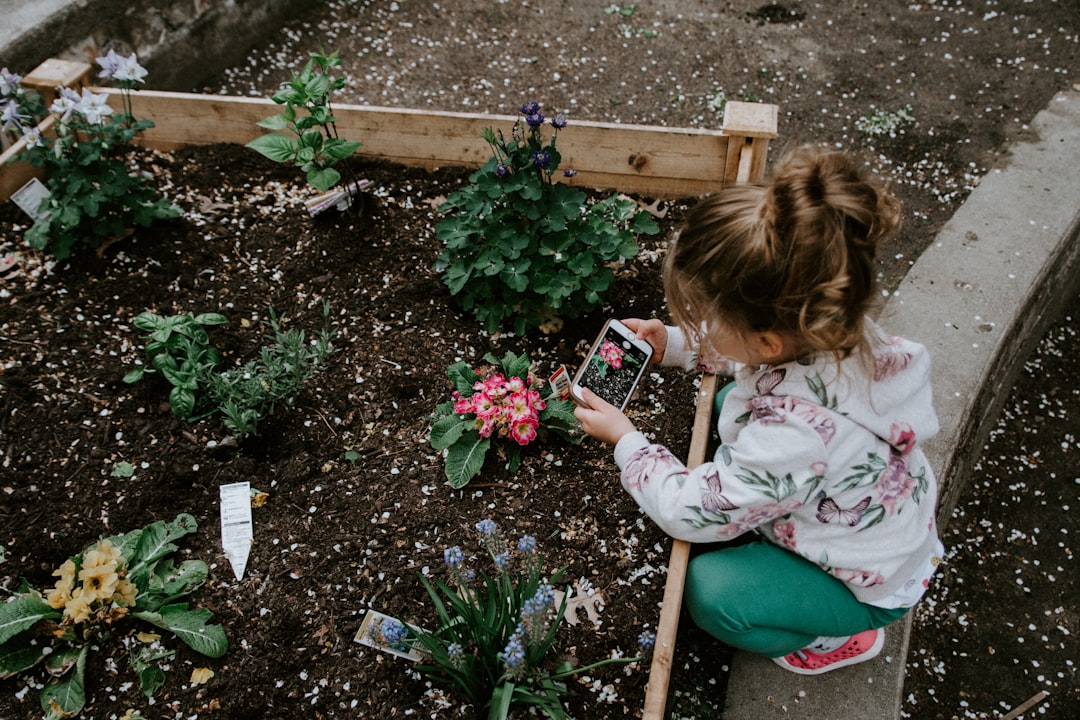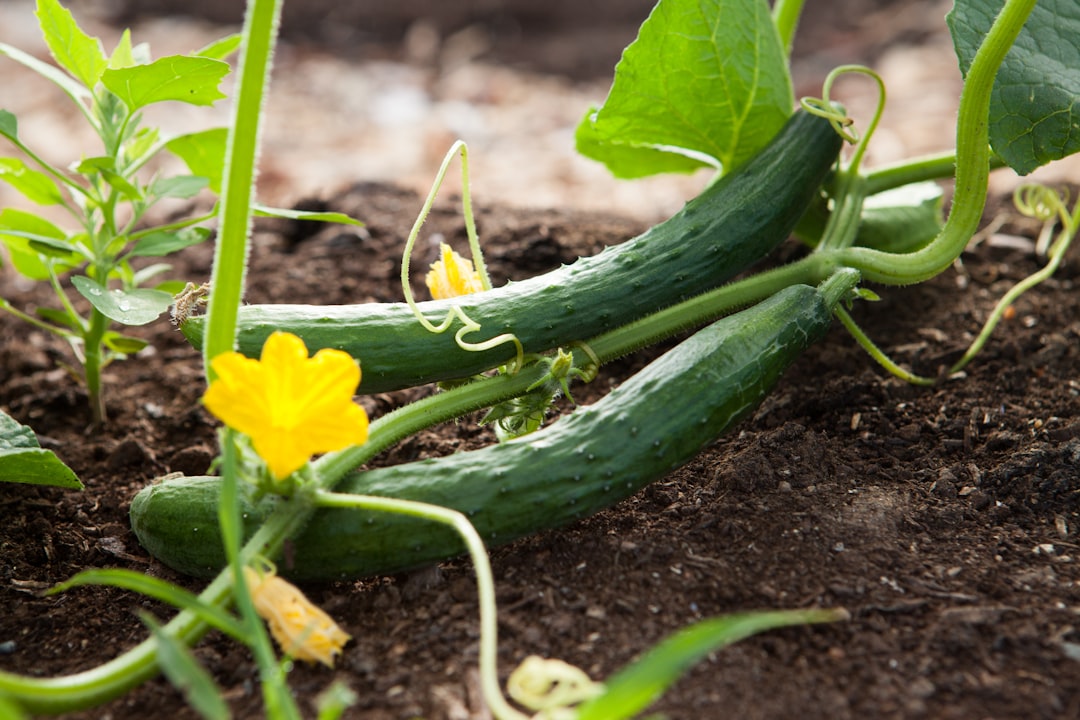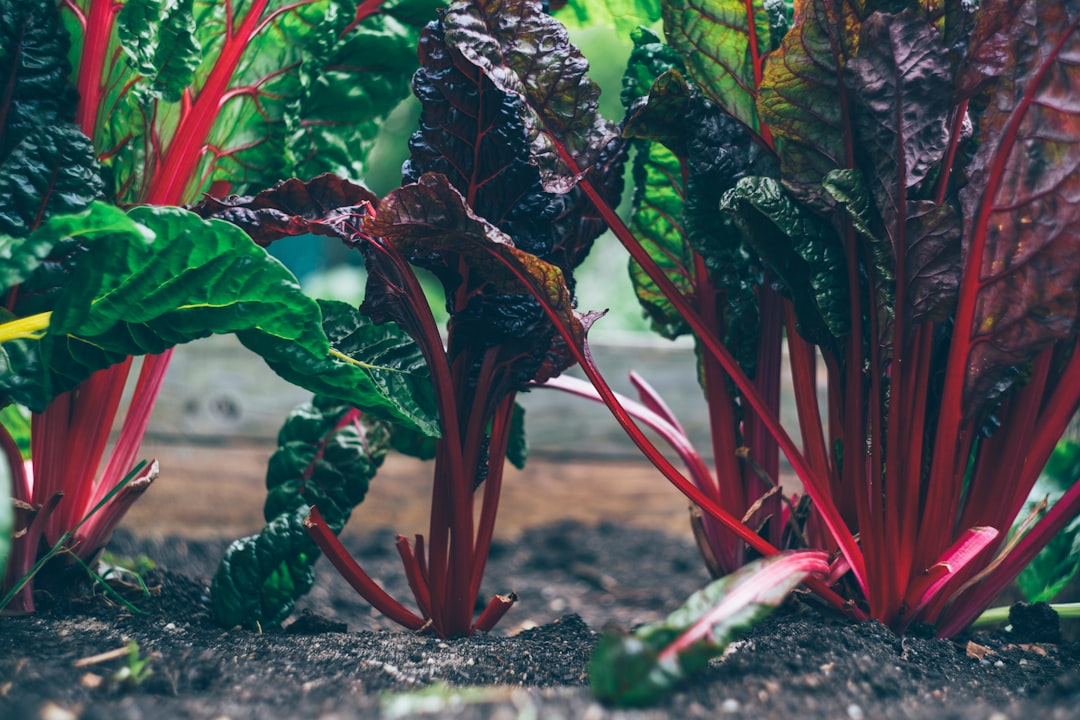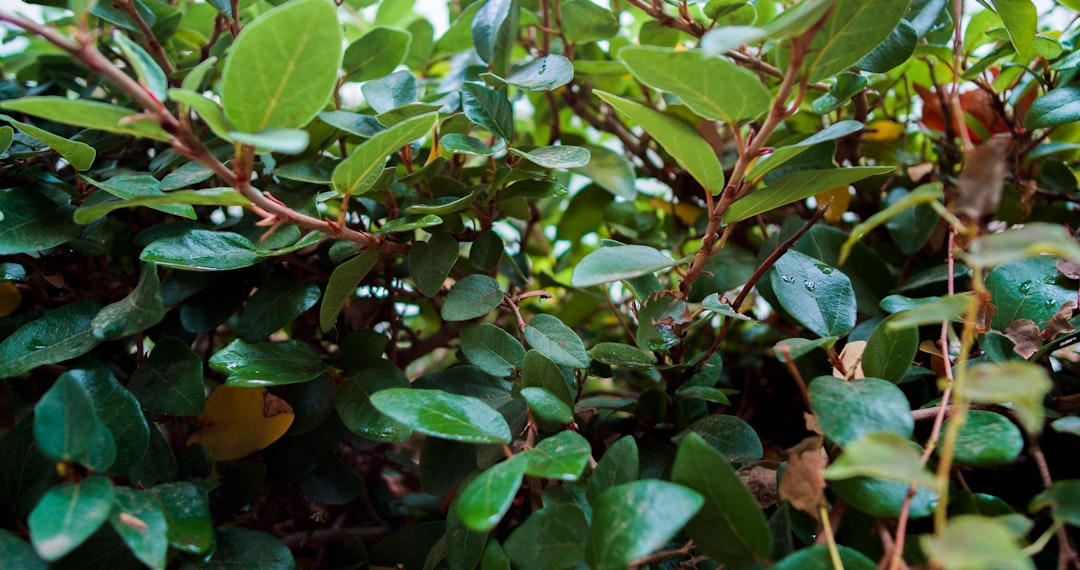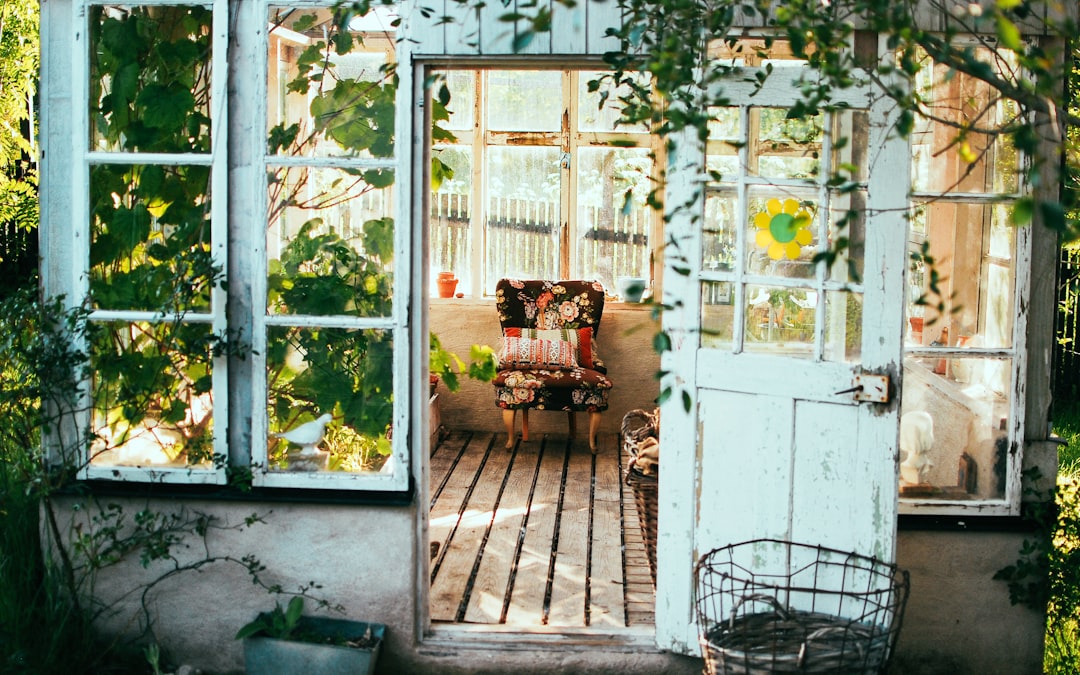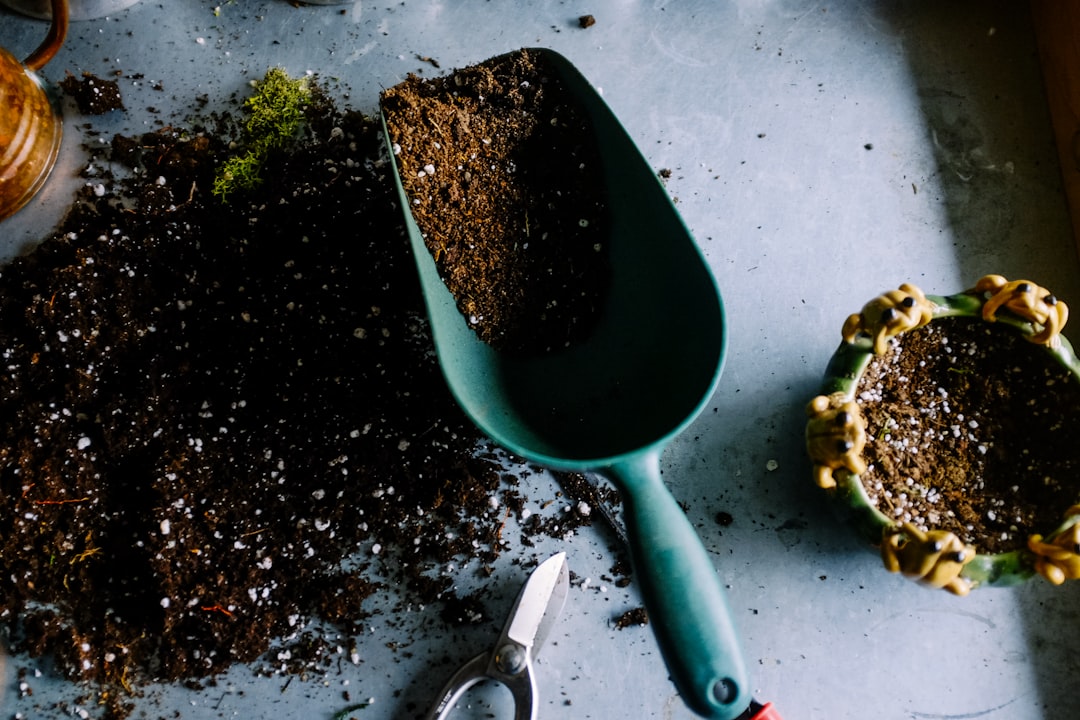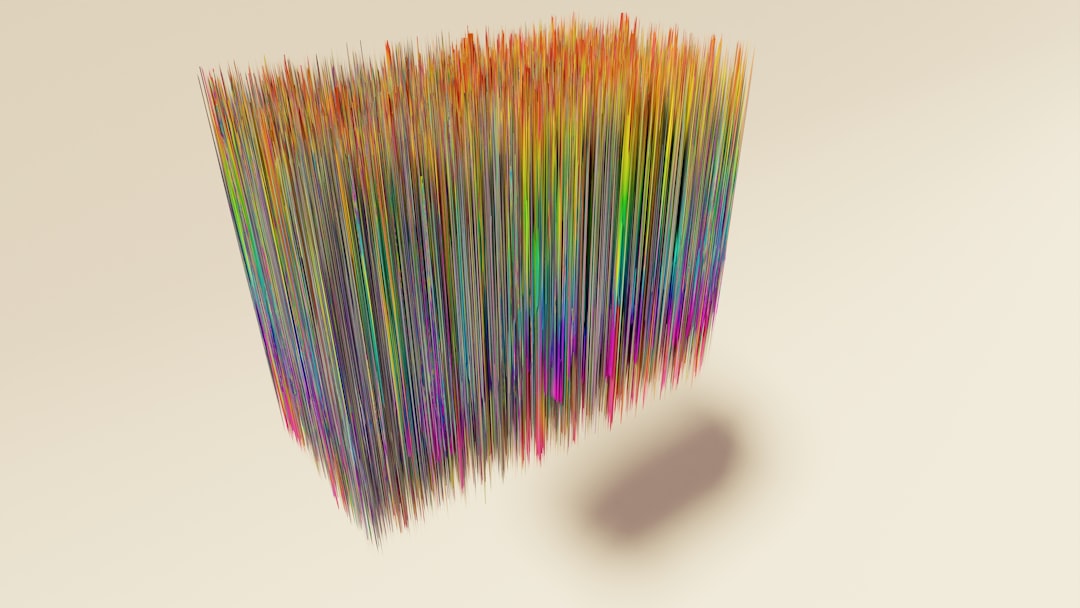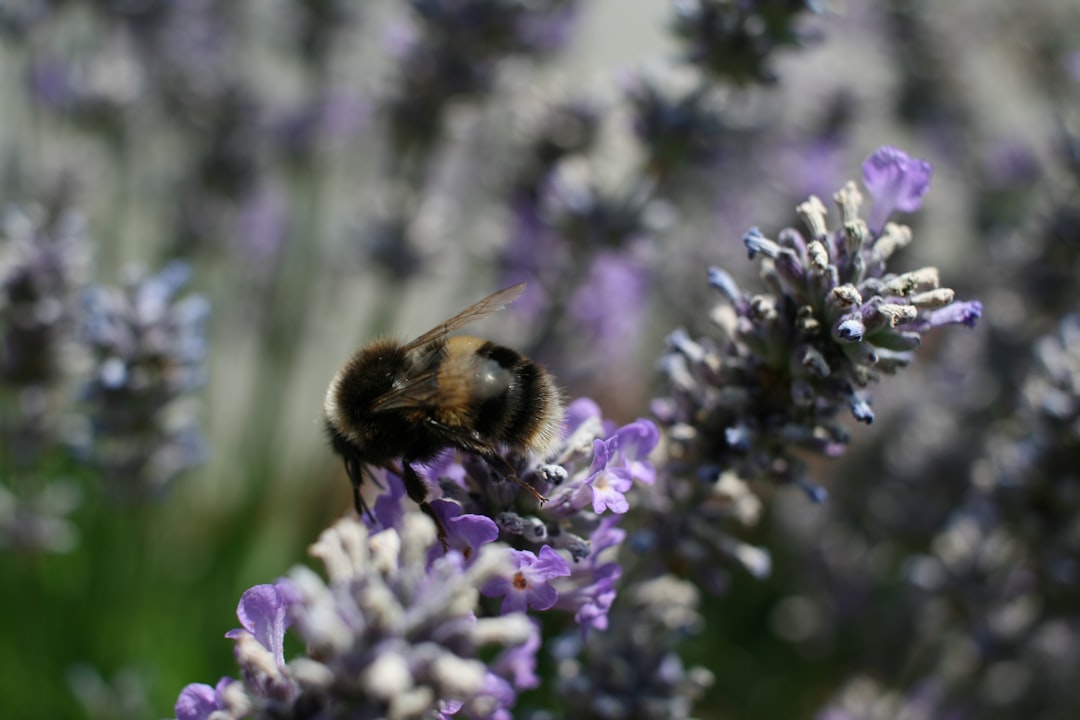
The pasque flower, a true harbinger of spring, is a captivating perennial that graces gardens with its early blooms. As the cold grip of winter begins to loosen, these delicate flowers start to emerge, even before the plant’s fern - like foliage has fully expanded. This unique characteristic makes the pasque flower a remarkable addition to any flower garden.
One of the most alluring aspects of the pasque flower is its appearance. The blossoms are typically large and showy, with a range of colors that can include shades of purple, blue, and white. Their petals are soft and velvety, giving them an almost ethereal quality. When the sun shines on them, they seem to glow, creating a magical sight in the garden. The center of the flower is filled with a cluster of yellow stamens, which adds a pop of color and further enhances its beauty.
In terms of its growth habit, the pasque flower is a low - growing plant. It forms a clump of basal leaves that are finely divided, resembling ferns. These leaves are a rich green color and provide an attractive backdrop for the flowers. The plant usually reaches a height of about 6 to 12 inches, making it suitable for the front of flower beds or in rock gardens. Its compact size also makes it a great choice for container gardening.
Pasque flowers are perennials, which means they come back year after year. This makes them a cost - effective and long - lasting addition to a garden. They are relatively easy to care for, as long as they are planted in the right conditions. They prefer well - drained soil and full sun to partial shade. In areas with hot summers, some afternoon shade can help protect the plant from excessive heat.
When it comes to propagation, pasque flowers can be grown from seeds or by dividing established clumps. However, growing from seeds can be a bit challenging as they have a hard outer coat and require a period of cold stratification. This mimics the natural winter conditions that the seeds would experience in the wild. Dividing the clumps is usually done in the fall or early spring. It is important to handle the roots gently during this process to avoid damaging the plant.
In the garden, pasque flowers can be paired with other early - blooming perennials to create a stunning display. For example, they look beautiful when planted alongside crocuses, snowdrops, and daffodils. These combinations can create a riot of color in the early spring, when most other plants are still dormant.
Another interesting aspect of the pasque flower is its cultural significance. In some cultures, it is considered a symbol of renewal and new beginnings, which is fitting given its early appearance in the spring. It has also been used in traditional medicine for various purposes, although it should be noted that the plant is toxic if ingested.
Overall, the pasque flower is a wonderful addition to any flower garden. Its early blooms, beautiful appearance, and relatively easy care make it a favorite among gardeners. Whether you are a seasoned gardener or just starting out, the pasque flower is sure to bring joy and beauty to your outdoor space year after year.
New






